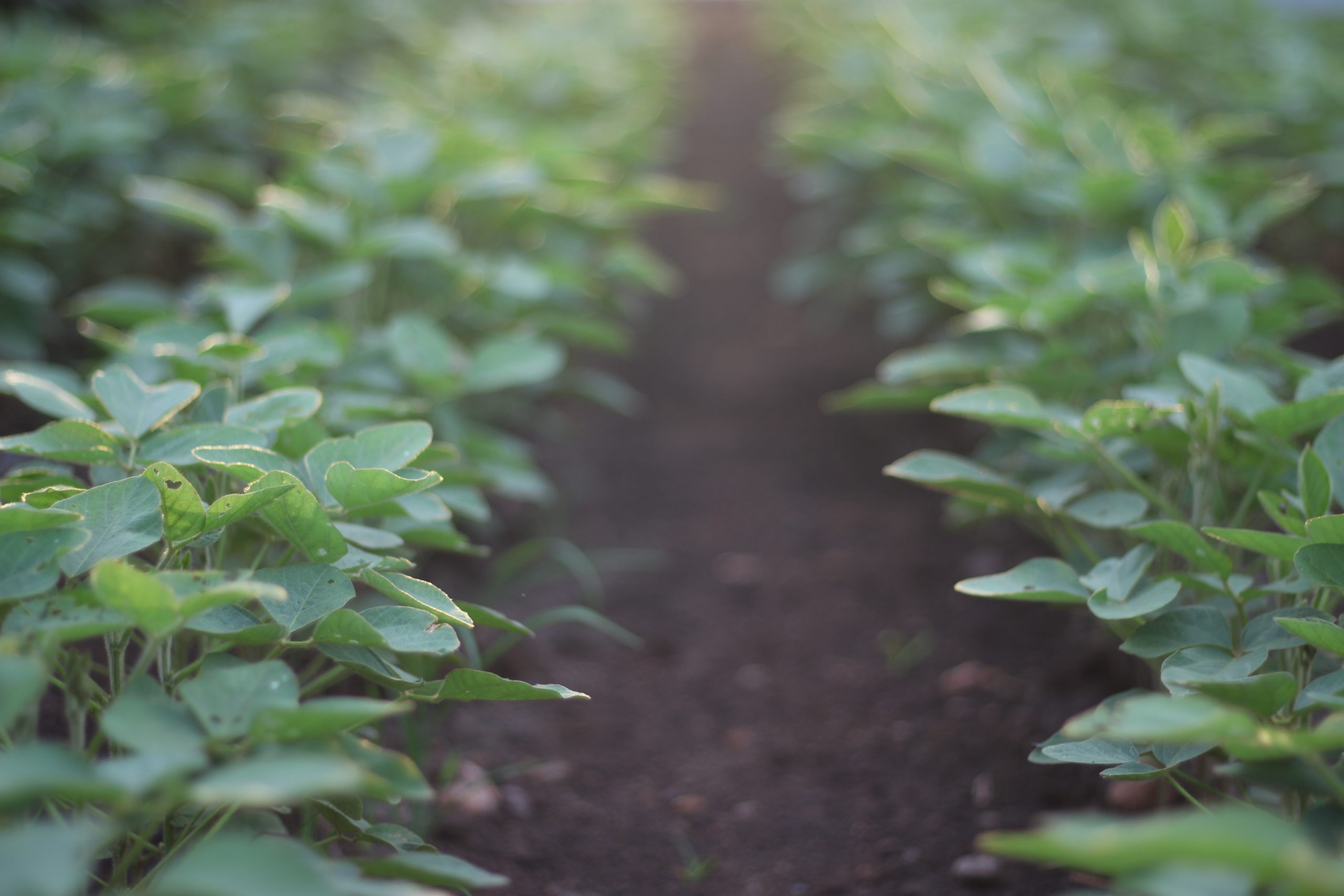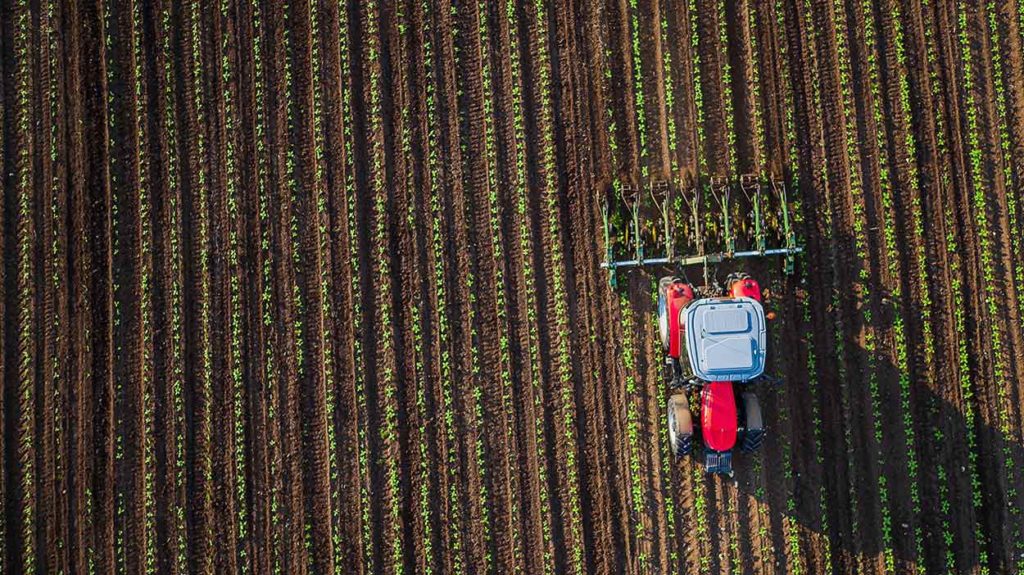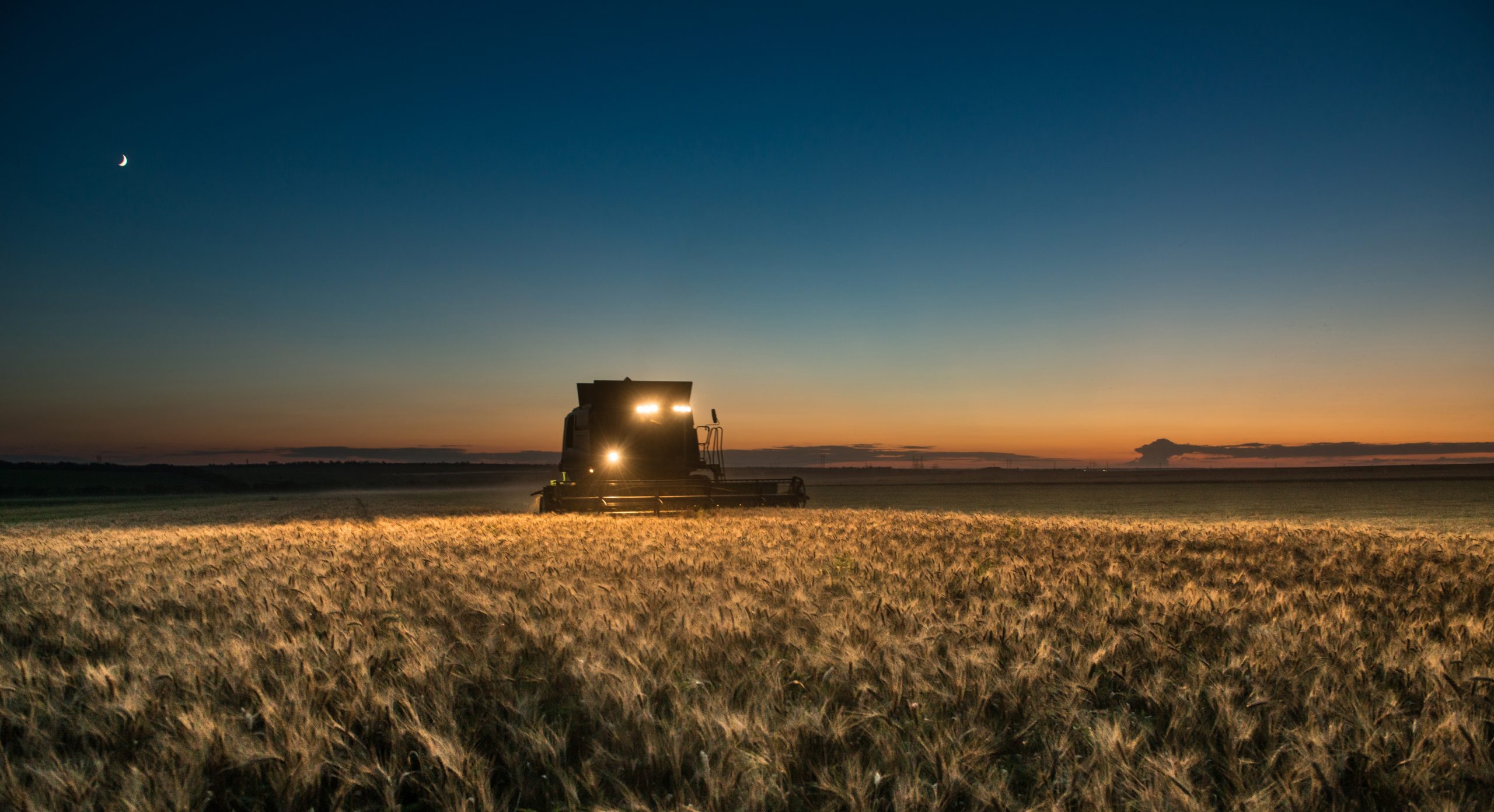- Published On: October 6, 2020
- Author: Bryce Irlbeck
Economic uncertainty hits all sectors of the agriculture industry, including organics. The good news? It’s possible to safeguard your organic profits.
For a start, it’s even more important for organic farmers to focus on executing their operations really well. The better the execution, the better you can weather the market conditions and remain profitable.
Here are 6 ways to maximize your operations to protect your organic income.
1. Write down your plan
One of most important keys to success in organics, regardless of the market, is a written plan. This is especially true if you’re new to organic farming.
Like it or not, the knowledge and intuition you acquired over the years with conventional farming is not sufficient for your acres in transition or your organic acres. Those experiences taught you what to do when problems arise on your conventional operation, but this is different. You’ll be rewarded if you think through your decisions in advance. And you set yourself up to win when you base those decisions on actual data.
Take the time to put pencil to paper. One benefit is that you’ll be able to stay calm when stressful situations pop up. You can make smart decisions. It’s also a good idea to think through potential challenges, such as delayed planting. Creating backup plans greatly reduces the potential for mistakes that result from a hasty decision process. Or from acting based on emotion rather than facts.
Use a platform like MyFarm to create and track your plans. It allows you to access information through your smartphone or tablet. You can always get to your data or see what field plan activities require attention.
2. Communicate frequently
Sometimes the best made plans have to change. That’s life. And that’s organic farming. When it happens, it’s important everyone on the farm is on the same page.
On B&B Irlbeck Farms, we sit down together every night when it’s necessary to evaluate the next day’s plans. We always make sure we can still do what we planned to do. If we can’t, then we determine a new course of action such as hiring extra labor or changing field work dates. Otherwise, we put our organic profits at risk.
3. Understand your weather windows to maximize your time
Another key to maximizing your organic profits is maximizing your operations. You need to understand your resource limits including time, labor, and equipment.
Weather can be your biggest time limit. And it is, without question, the biggest challenge organic farmers face when executing their plans. We’re reliant on fieldwork to control weeds, so we have to be sure we have the capacity to get those critical tasks done in the time that’s available to us. To pull that off, here’s what you need to ask yourself:
- How many hours it will take to go across my acres?
- How much time do I realistically have to cover those acres?
- Do I have enough labor and equipment to execute the tasks in my planned timeframe?
To help answer those questions, AgriSecure teamed up with Farmers Business Network (FBN). We compiled historical weather data for various regions in order to determine how many working days are available on average in a given month. AgriSecure customers can contact their account executives who will be happy to share this data with them.
Pairing the weather information with MyFarm’s Field Activity tool goes one step further. It allows growers to ensure they have enough buffer capacity to handle worst case scenarios. If you only have a minimum of ten days to get your fieldwork done versus the average 15 days, can you still complete it on time?
Knowing your average time windows for getting critical fieldwork done can also help you maximize your capacity in best case scenarios. For example, this year we had good weather windows on Rhea Brothers Farm. This gave us the opportunity to space out our planting so we wouldn’t need to do weed control on all of our acres at the same time.
And consider testing . . .
On my farm, we also maximized our time by getting saturated cold germ tests on our seed hybrids and varieties. This let us know which ones performed better under adverse conditions. In times where planting conditions aren’t as ideal, we can plant those seeds early, and this will allow us to extend our planting window to better spread out our fieldwork.
4. Balance the short term with the long term
It’s tempting in times like these to want to maximize organic profits too quickly. We want our economic return, and we want it now. But it’s actually better to adopt a forward-thinking approach and focus on maximizing the long-term average return (versus a specific year) across your organic acres. If you’re like many organic farmers, your organic corn fields will be the most profitable ones in the season they’re grown. But it’s the other years of the rotation that set you up for success.
For example, let’s say you’re debating between organic soybeans and organic wheat the year before organic corn. You may see it’s more profitable to grow soybeans. But that is short-term thinking. Wheat is more likely to set you up for success with organic corn because you’ll have less risk that weed pressure will get away from you. You could also plant a cover crop that would provide some fertility for the following corn crop.
You need to think about whether the money you’ll make this year on a less profitable crop is going to offset the reduction in earnings on a more profitable crop later.
Of course, the only way to evaluate these decisions is by having a long-term plan in place. In organics, you should have at least three years planned out. Ideally, this is more like five to ten years so that you understand where you’re headed and why you’re going that direction. If you don’t know what you’re going to do the next two years, your profitability is at risk.
5. Cut expenses without losing profit
Organic growers must always be looking for opportunities to save on expenses without reducing their revenue. For example, a good rotation plan should reduce disease and limit the need for organic fungicide. Planning ahead also allows you to source inputs for less money. We save up to 30% on chicken manure for B&B Irlbeck Farms by having a plan in place well in advance. We buy it in July.
However, it’s important to understand that you can’t cut your costs to organic profitability. We don’t use a lot of high-dollar inputs in organic farming, but that doesn’t mean we there isn’t times when we need to use different inputs based on the situations. The goal is to ensure we’re always giving our plants the best opportunity for success.
It’s a best practice to continually rely on your data when making decisions about cost savings. Use your historical data to figure out if an extra pass with the weed burner will pay off in the long run. Fortunately, some of the investments we make in organics have short payback periods because the value of the crop is so much higher.
6. Stay the course
While these are challenging times for everyone, there’s no reason to get discouraged or give up. Organic premiums are still substantial. And that means organic profits are well within reach. If you stay laser-focused on execution and reach your full yield potential, your organic acres can be very profitable.
We strongly encourage organic farmers to spend time working on their plan. You should also have your banker on board. AgriSecure customers can utilize the MyFarm platform to gather detailed information on their financial outcomes to help ease any concerns lenders may have.
AgriSecure can help
If you need help getting through challenging circumstances and want to better understand how you can maximize your operations, we’re here to help. Reach out for a free consultation today.
By Bryce Irlbeck, AgriSecure Founder and Owner of B&B Irlbeck Farms and J. P. Rhea, AgriSecure Founder and General Partner of Rhea Brothers
Related Articles
-
Imports Have an Impact on Organic Crop Prices: Here’s Why
Organic soybean prices are skyrocketing. The Jacobsen reported that prices were up to $32 per bushel in the Midwest in May 2021. What’s behind this impact on organic crop prices? And why aren’t organic corn premiums keeping up? In short: it’s all about supply and demand, especially imports, says David Becker. David is an analyst […]
-
New Options Offer Farm Loans for Organic Transition
If securing farm loans for organic transition feels daunting, we have some good news. It’s not as hard as it used to be. In fact, there’s a number of new options that could provide a solution for you and your operation. Traditional lenders, farmland investors, non-profits, and even big food companies are starting to create […]
-
Organic Farming Loans Support Growers during Transition
Ask a farmer what’s keeping them from transitioning to organic row crops, and you may be surprised to hear a common answer. Finances. It’s often a struggle to find organic farming loans tailored to their needs. Yes, organics offer excellent premiums and can bring long-term profitability. But first you have to get through the 36-month […]
-
Organic Breakevens: What to Know and How to Calculate
If you’re thinking about organics, you’ve probably debated whether it’s going to pay off — literally. Yes, the price premiums are good, but you’ve heard your yields will take a hit. How can you predict profitability? The answer: calculating your organic breakevens. What are an organic breakevens? Simply put, it’s a way to calculate what […]
-
Know Your Numbers to Push Crop Profitability
Yield is often the top priority in farming. The truth, though, is that the highest yields will not necessarily result in the highest ROI. And this is especially the case for organic production. We know good execution results in the best yields, but the best way to maximize your crop profitability is to know your […]
-
5 Steps for Financing the Transition to Organics
Profits. They’re one of the primary reasons farmers decide to move into organic production. Financing the transition to organics, though, can be one of your biggest hurdles. That’s why the support of a banker or ag lender can be a lifeline for farmers looking to get into organics. The right backing helps you build an […]
-
4 Keys to a Strong Organic Fertilizer Strategy
Questions about an organic fertilizer strategy are common in organic farming. How do I provide enough nutrients? In particular, nitrogen. How do I manage my crop and soil without using synthetic fertilizers? Fertilizer can come from a variety of organic sources, including animal waste, decomposing plants, and nitrogen-fixing crops like soybeans and clover. So it’s […]
-
Consider Organic Farming? Yes.
With so much economic uncertainty caused by the COVID-19 pandemic, you may be wondering: Is now the right time to transition into organic crop production? Is this the right time to increase the number of organic acres you’re already farming? My answer, yes. Current market conditions, falling commodity prices for conventional crops and somewhat lower […]
-
80 Million Millennials Can’t Be Wrong: Farmer Panel
80 million millennials are a part of the driving force behind the rapid growth of organic food demand. So why aren’t more farmers transitioning into a system that sees premiums of 2x over conventional and profitable margins? In a panel that took place at FBN’s Farmer2Farmer V event, AgriSecure co-founder and organic farmer Bryce Irlbeck […]
-
The Impact of COVID-19 on Organics Marketing
With COVID-19 causing conventional corn and soybean prices to fall, organic farmers may be wondering how the pandemic is going to affect their marketing plans. Currently, organic corn prices are down because of strong production in 2019 and higher imports. Prices for organic soybeans, on the other hand, have risen due to a decrease in […]
Get in the know
Our newsletter, it’s a quick read. You’ll get industry news plus all the latest organic insights. Who doesn’t want that?











